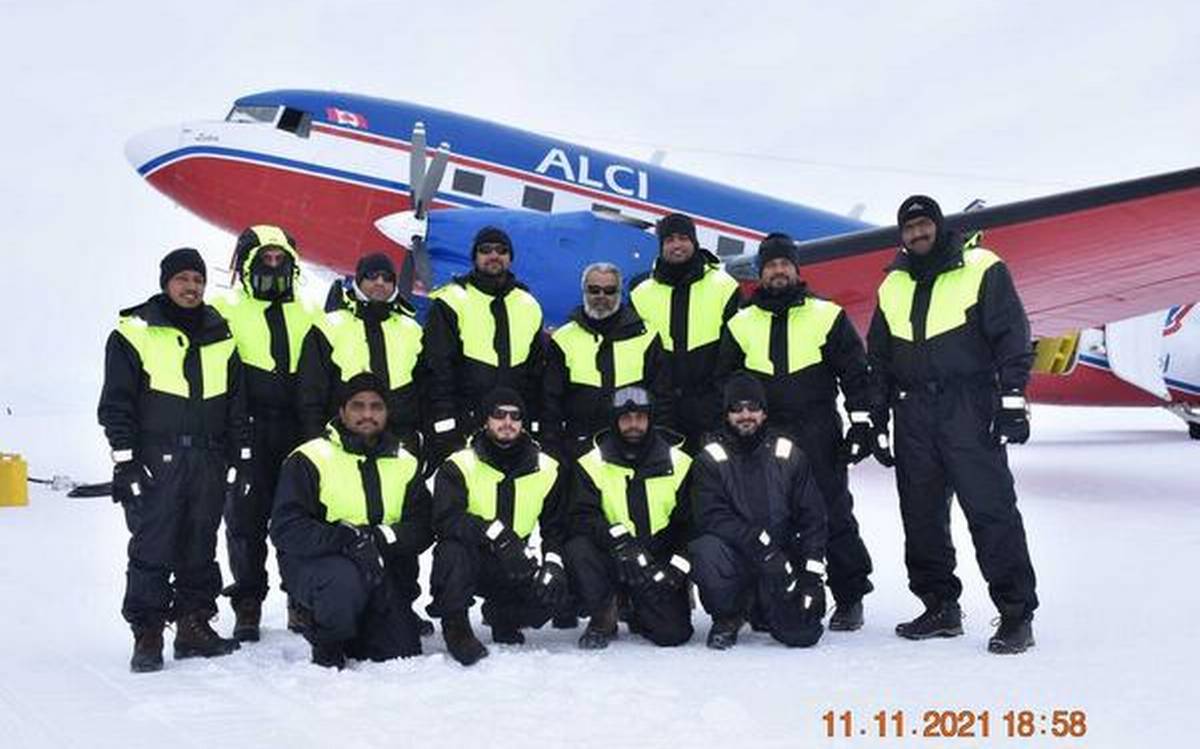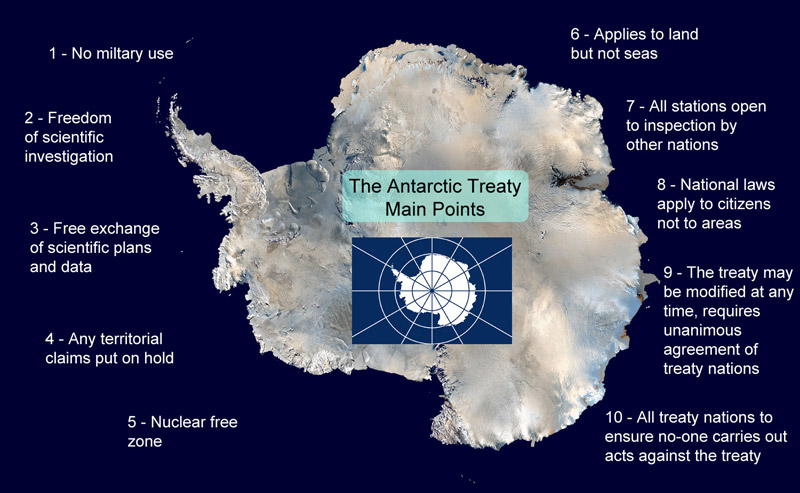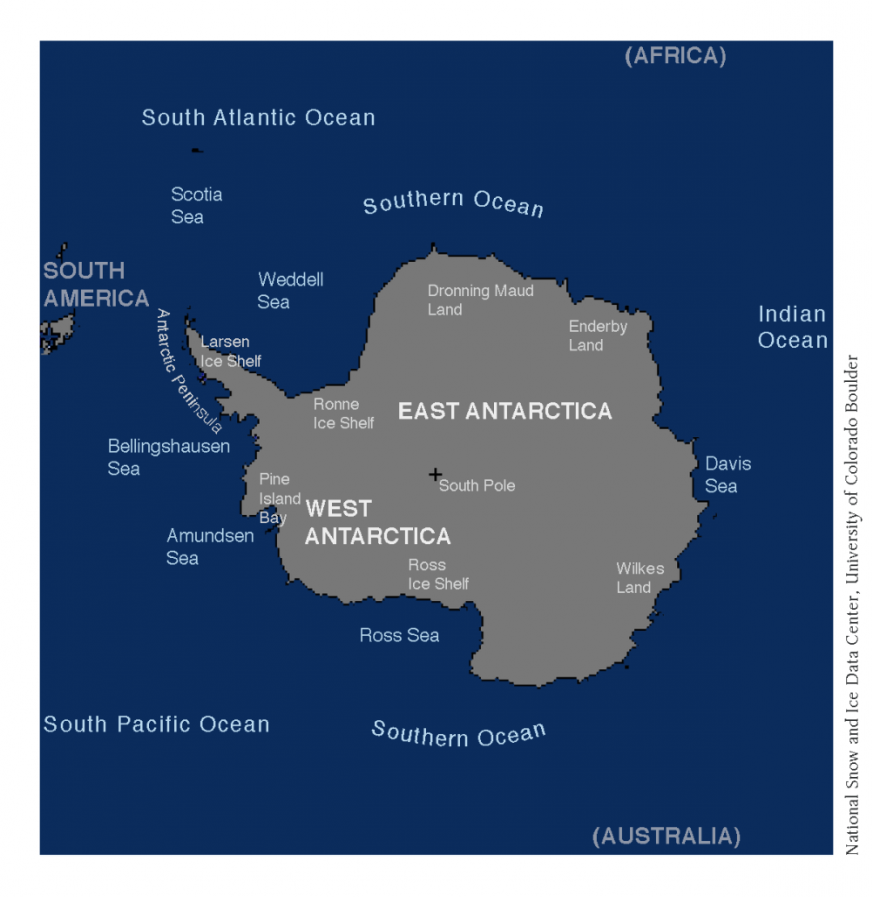Free Courses Sale ends Soon, Get It Now


Free Courses Sale ends Soon, Get It Now



Disclaimer: Copyright infringement not intended.
Context
Details
Indian Antarctic Program
The Antarctic Treaty
Its provisions are as follows:

The Antarctic Treaty System
Major International Agreements of the Treaty System:

https://www.pib.gov.in/PressReleasePage.aspx?PRID=1771934
© 2024 iasgyan. All right reserved